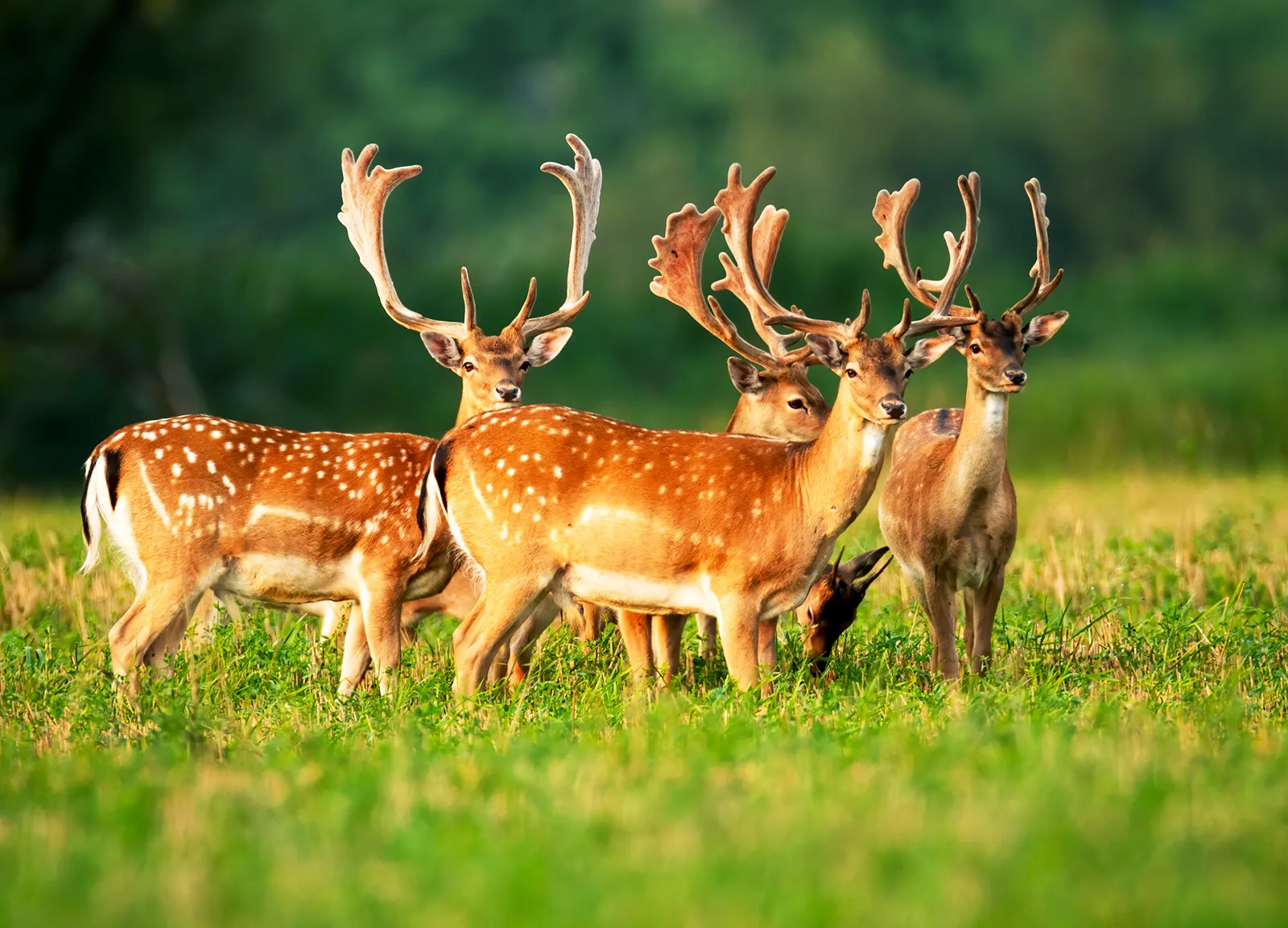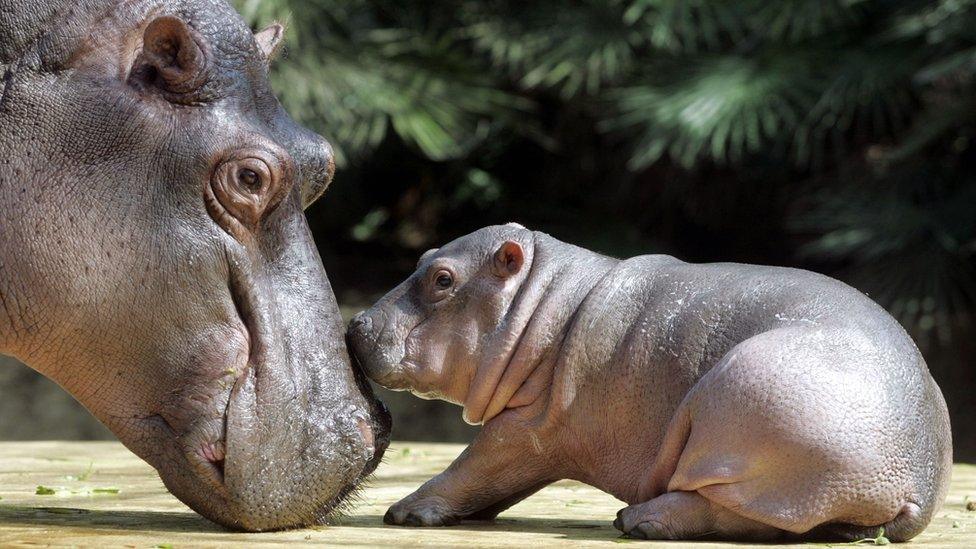The Hidden World of Animals: Wonders of Nature We Often Overlook

Animals have always fascinated humans. From the majestic lion roaming the African savannah to the microscopic tardigrade surviving in the harshest environments, animals display a vast range of behaviors, adaptations, and intelligence that challenge our understanding of nature. Yet, despite their importance, many of their stories remain untold or underappreciated. This article explores the amazing diversity of the animal kingdom, the lesser-known marvels, and the crucial role animals play in maintaining the balance of our ecosystem.

1. Biodiversity Beyond Imagination
When we think of animals, our minds often go to familiar pets, farm animals, or iconic wild creatures like elephants or wolves. But the animal kingdom is vastly more diverse. Scientists estimate that there are over 8.7 million species on Earth, and more than 80% of them remain undiscovered or undescribed.
This biodiversity is not just fascinating—it’s vital. Every animal, from the smallest ant to the largest whale, plays a role in their ecosystem. Some help pollinate plants, others recycle nutrients, and some serve as a crucial food source for other animals. Losing even one species can create a ripple effect that impacts the entire environment.
2. Animals With Superpowers
Nature has gifted animals with incredible adaptations that often seem straight out of science fiction. Here are a few examples that might surprise you:
-
Axolotls, a species of salamander, can regenerate entire limbs, spinal cords, and even parts of their heart and brain.
-
Pistol shrimp can snap their claws so fast it creates a bubble that reaches 4,700°C (8,500°F), stunning or killing prey with shockwaves.
-
Tardigrades, also known as water bears, can survive in space, in boiling water, in freezing temperatures, and without food or water for decades.
These adaptations are not only fascinating but also inspire scientific research. Regenerative medicine, robotics, and even space exploration have all benefited from studying these creatures.
3. Animal Intelligence: More Than Instinct
We often underestimate animal intelligence, but recent studies have revealed that many species are capable of complex thought, problem-solving, and emotional expression.
-
Crows and ravens can use tools, recognize human faces, and even plan for the future.
-
Octopuses have been observed opening jars, escaping enclosures, and solving mazes.
-
Elephants exhibit signs of empathy, mourning, and cooperation.
-
Dolphins can understand abstract concepts, learn language-like commands, and even use names for each other.
Understanding animal intelligence challenges the idea that humans are entirely separate from the rest of the natural world. It also calls for a rethinking of how we treat and interact with animals, both in captivity and in the wild.
4. Endangered and Extinct: The Cost of Human Impact
As awe-inspiring as the animal kingdom is, it’s under constant threat. Habitat destruction, climate change, poaching, and pollution have pushed many species to the brink of extinction. According to the International Union for Conservation of Nature (IUCN), more than 41,000 species are threatened with extinction.
Recent extinctions, like the Western Black Rhino and the Spix’s Macaw (once thought extinct in the wild), highlight the devastating impact humans can have. However, conservation efforts have also produced hopeful stories—like the resurgence of the California condor and the Amur leopard.
Everyone can play a role in conservation. Supporting wildlife-friendly products, reducing plastic use, and raising awareness can make a difference.

5. Animals and Culture: Symbolism and Spirituality
Throughout history, animals have held deep symbolic meaning in cultures around the world. They appear in myths, art, religion, and literature as metaphors for human traits or messengers from the divine.
-
In Native American traditions, animals are seen as spirit guides or totems, each representing different attributes—such as the wolf for loyalty and the owl for wisdom.
-
In Hinduism, many gods are associated with animals: Ganesha with the mouse, Durga with the tiger, and Vishnu’s avatars include a fish and a boar.
-
In Chinese zodiac mythology, 12 animals represent different years and personality types.
Animals, in this sense, are not just creatures we observe; they are part of our inner lives and shared stories.
6. How Animals Help Us
Beyond inspiration and symbolism, animals offer tangible benefits to humanity:
-
Service animals help people with disabilities lead independent lives.
-
Dogs and cats provide emotional support, reducing anxiety and depression.
-
Bees and other pollinators support food production worldwide.
-
Sniffer dogs help detect drugs, bombs, and even diseases like cancer.
-
Therapy animals assist with trauma recovery in hospitals, nursing homes, and war zones.
Their value goes far beyond companionship—they contribute to our health, economy, and safety in countless ways.
7. What We Can Learn From Animals
Observing animals can teach us humility, patience, and interconnectedness. In their silent struggles and triumphs, we see reflections of our own lives. From ants cooperating to build colonies to whales communicating across oceans, animals demonstrate that cooperation, adaptation, and resilience are keys to survival.
Ethologists—scientists who study animal behavior—continue to uncover patterns that can influence how we design cities, understand ourselves, and even structure our societies. Biomimicry, the practice of learning from nature to solve human problems, has led to innovations in architecture, materials, and technology.
